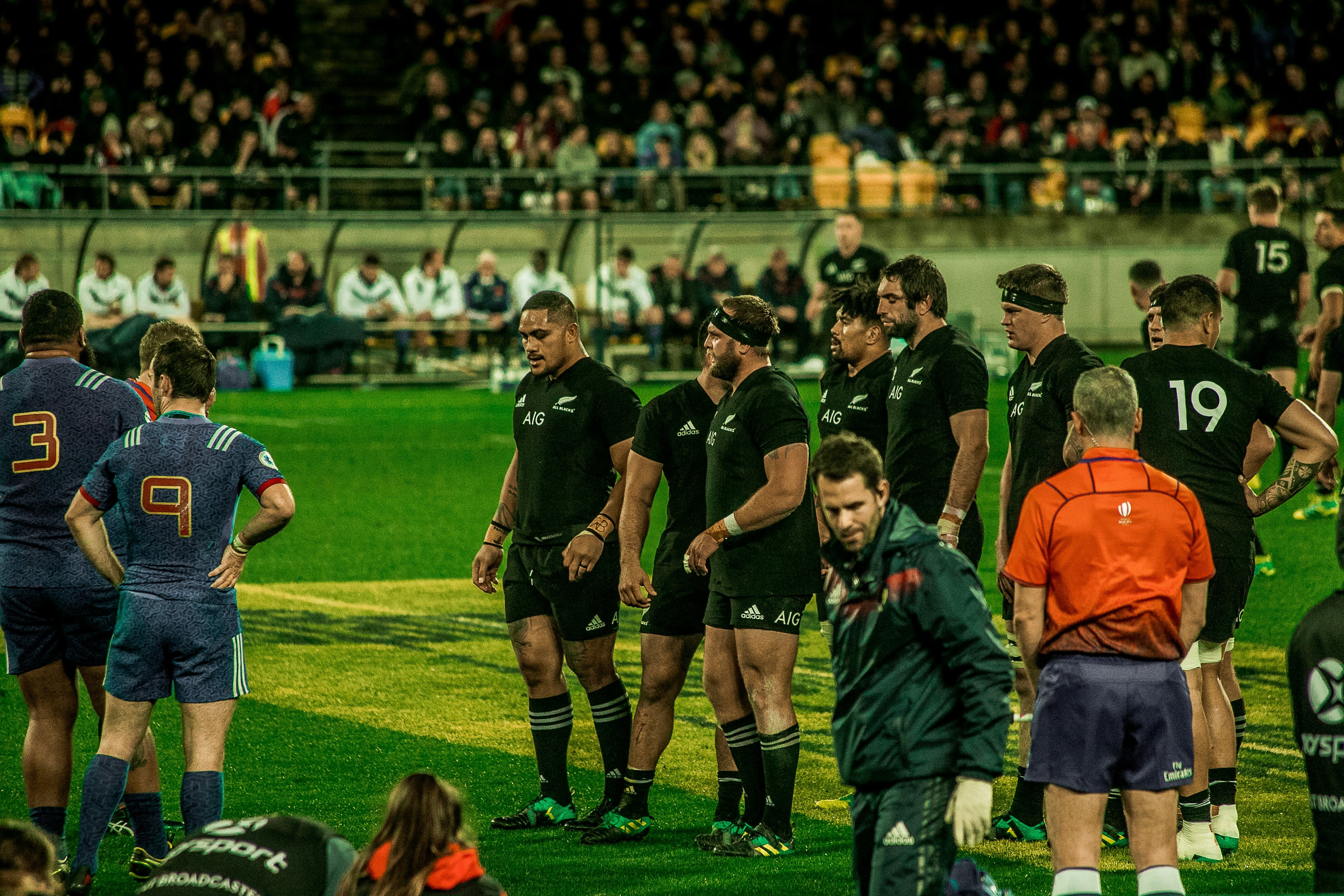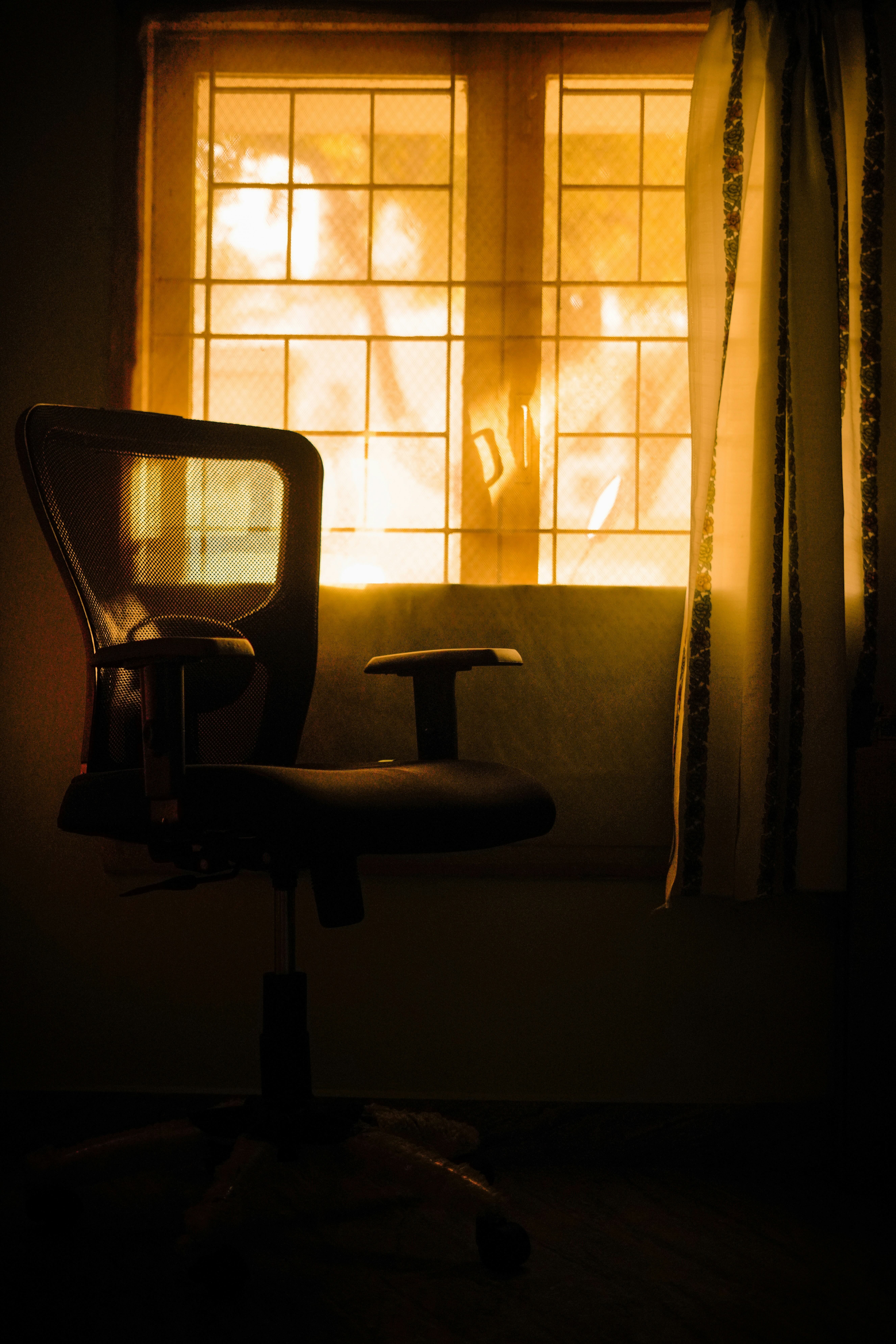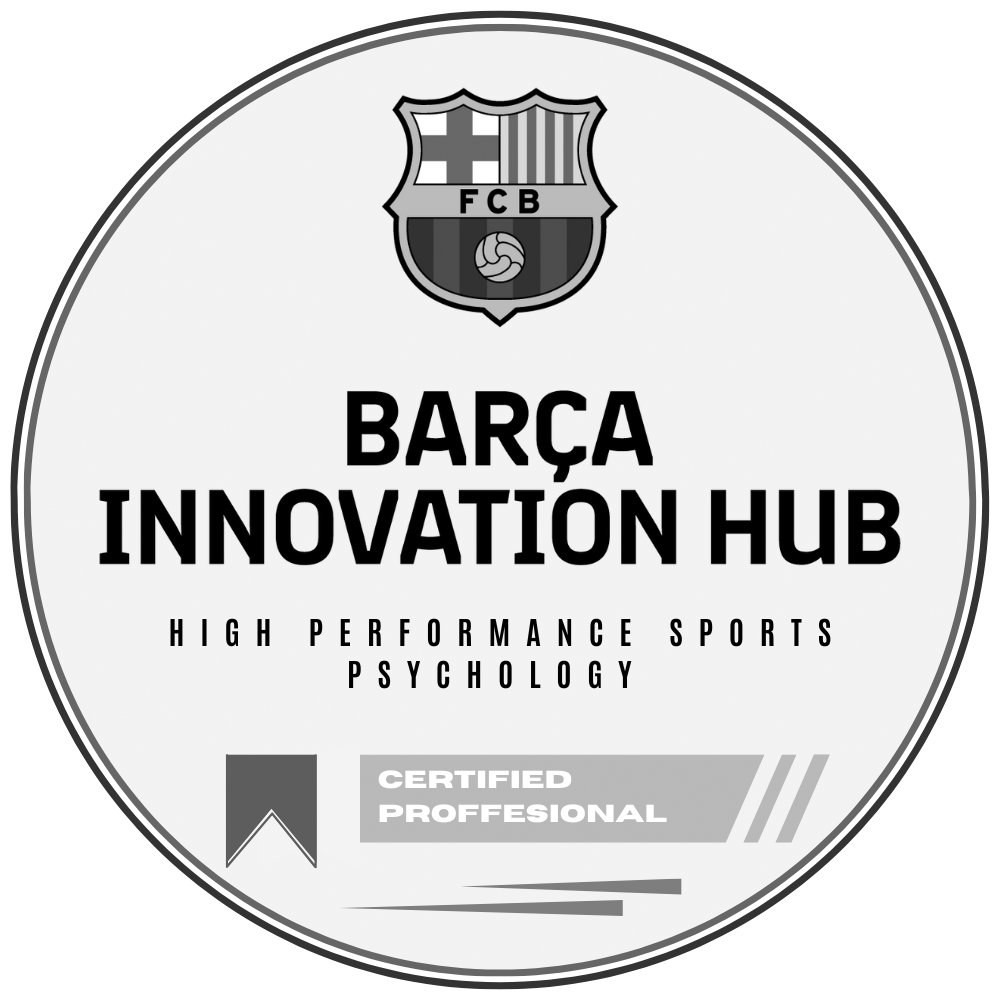A few weeks ago, I walked with a friend who was in deep emotional pain. We moved slowly, talking about nothing at first, because sometimes it’s easier to circle the wreckage than walk straight into it. Then the pieces came out, one by one. A marriage ending. A business collapsing. A dream dissolving. And the part that undid him most, his relationship with his kids in disarray. All at once.
As we walked, I was not only thinking about what he was feeling. I was thinking about where he was on the journey. Not the one we put in résumés, Instagram or Facebook posts, but the one we keep in the shadows. The one Elisabeth Kübler-Ross mapped so well when she gave the world the Five Stages of Grief.
We think grief belongs only to death. But grief knocks at our door every time a piece of our identity shatters. The job that defined us. The relationship we wrapped our future around. The certainty we thought was unshakable. When the ground shifts, we do not just lose what was, we lose who we thought we were.
Kübler-Ross gave us a language: Denial. Anger. Bargaining. Depression. Acceptance.
When she wrote her book On Death and Dying, drawn from her work with terminally ill patients, she meant it for loss, but it is just as true for growth. Because all change, whether we choose it or not, requires letting a part of ourselves die.
Sorrow or Despair?
There’s a difference.
Sorrow comes when we lose something important but replaceable. A job. A move. Even a breakup we knew was inevitable. It hurts, but we can still picture life moving forward.
Despair is heavier. It comes when something that gave our life meaning, the very thing we built ourselves around, collapses. That’s the hole many never climb out of.
I know. Because I’ve been in that hole.
When my young wife died of brain cancer, my world split in two: before and after. I fell into a darkness I didn’t know existed. Everything felt pointless. Everything hurt. It was as if I was carrying something unbearably heavy, yet had nothing solid to hold on to.
I did not bounce back. I crawled out slowly and painfully, day after day. There were moments I wanted it to end. Moments when the dark seemed easier than the light. But instead of dying, I found myself, somehow, still here, hollow and adrift, surrounded by a silence that felt endless. And in that silence, I understood I had not vanished. I was still here, buried under grief so heavy I could barely move. Yet somewhere inside, I also knew life was still worth living, because two young children still needed their father, and that was enough to take the next step.
That experience changed how I see pain. I learned that what we often rush to call illness is sometimes simply a natural response to deep loss. When we grieve, we are not broken. We are not defective. We are simply human, carrying something heavy that takes time to set down.
It is in that weight, and the slow work of setting it down, that I began to see the pattern Kübler-Ross described. At first, I thought it was only about death. But over time, I realised it is the same terrain we walk through in any profound change or loss. It is not tidy. It is not quick. But it can be a map through the mess. takes time to set down.
The Change Curve: A Map Through the Mess
If you’ve never walked the Kübler-Ross curve, it looks like this:
- Denial – This can’t be happening. You numb out. Rationalize. Pretend. And sometimes, you can live here for years.
- Anger – Fury. Blame. Resentment—at them, the world, yourself. It burns hot, but it won’t feed you.
- Bargaining – The what if phase. What if I’d tried harder? What if I moved? What if I rewrote the past? You keep busy, but you don’t move forward.
- Depression – The plunge. This is the pit. Sorrow can tip into despair here. But remember: this is a place, not a diagnosis.
- Acceptance – The shift. Not because everything is fixed, but because you’ve stopped fighting reality. And that frees up your energy for living again.
When Someone Falls Into a Hole
There’s a story I love and carry with me.
A man is wandering in a vast desert. The sun is relentless, the horizon endless, and every direction looks the same.
A doctor rides by on a camel, hands him advice on staying hydrated, then disappears into the distance.
A therapist stops to talk about what might have led him into the desert in the first place.
Then a traveller arrives, skin burned, lips cracked, carrying a small canteen. He says, “I have been lost in this desert before. Walk beside me, and I will take you to water.”
That is who I want to be. Not the one with the cure. Just the one willing to walk beside someone until they can see the way out again.
Healing Is Not Talking. It Is Laying Down the Weight
And here is what I have learned about walking with someone: healing is not just talking. We can tell our story for years, rehearse the pain, relive the loss. Talking has its place. But healing comes when we decide to put the weight down.
When we say:
Yes, it happened.
Yes, it hurt.
Yes, I carry scars.
But no, I am not carrying this burden anymore.
I am standing on it.
I am using it as the foundation for what comes next.
The change curve is not tidy. It is not linear. But it is deeply human. And maybe next time someone you care about finds themselves in the desert, you will not try to fix them. You will simply walk beside them and say:
Come, follow me.
Because healing is not about knowing the way. It is about not walking it alone.



.svg.png)










.png)


